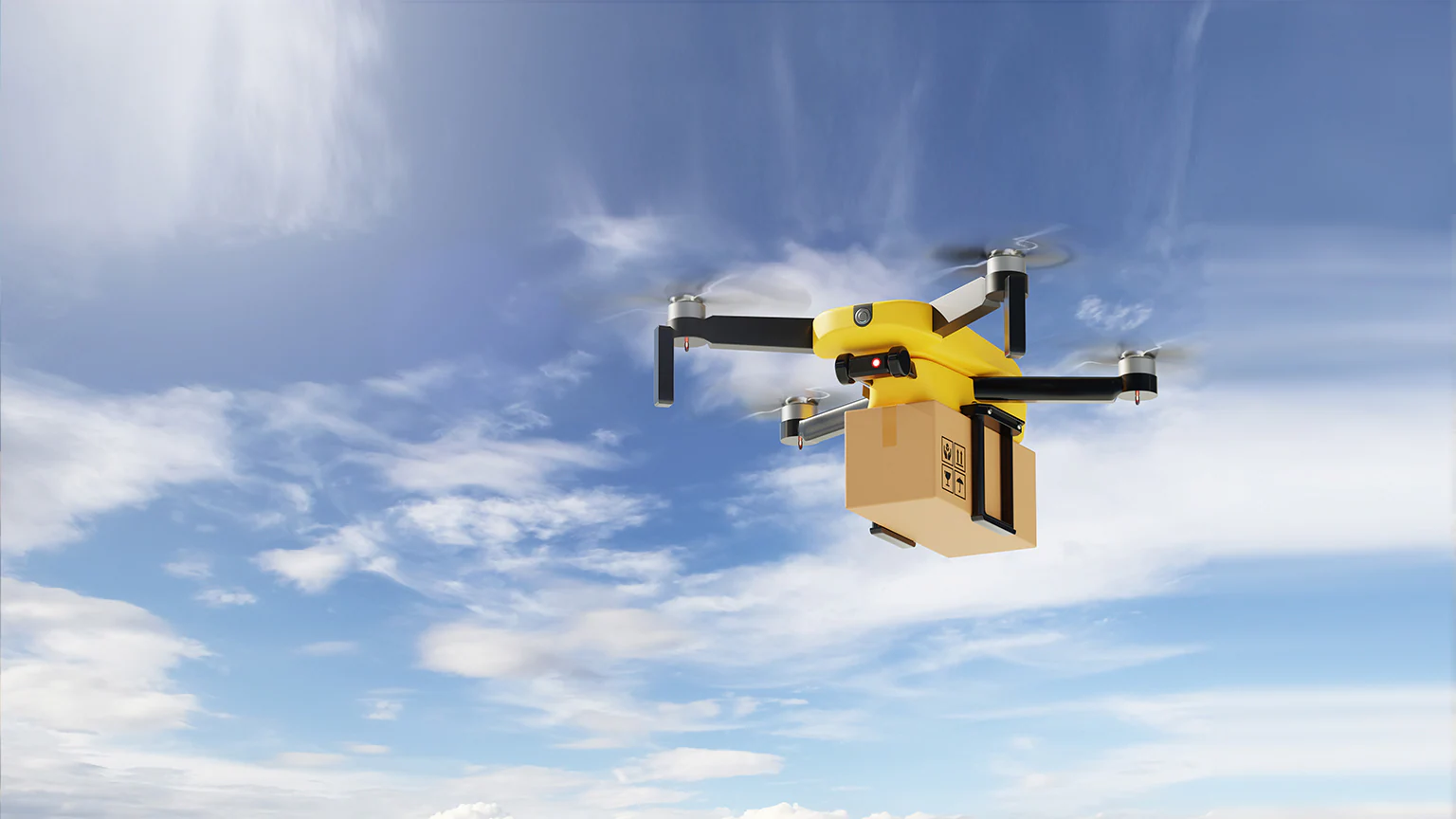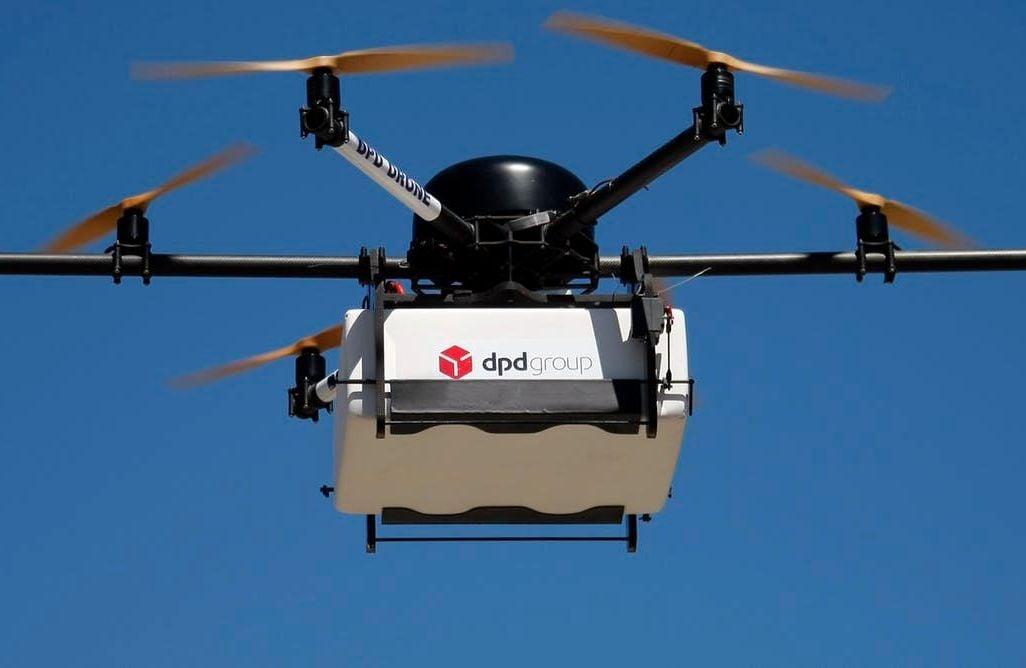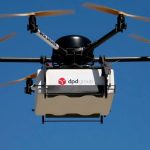Drones are rapidly emerging as one of the most exciting innovations in the transport and logistics sector. Once seen as futuristic gadgets, they’re now redefining how goods move—especially in last-mile delivery. With their ability to bypass traffic, reduce delivery times, and reach remote areas, drones offer unmatched efficiency and flexibility. Major players like Amazon, UPS, and DHL are already testing drone delivery systems that promise faster, greener, and more cost-effective logistics. However, challenges such as airspace regulations, limited payload capacity, and weather dependency still stand in the way of widespread adoption. As technology advances and regulations evolve, drone delivery could soon transition from novelty to necessity—setting the scene for a new era of speed, sustainability, and smart logistics.

How Drones Are Revolutionizing Last-Mile Delivery
Last-mile delivery has long been one of the most challenging and costly aspects of logistics, but drones are transforming the landscape entirely. Capable of bypassing traffic congestion and reaching areas that traditional vehicles struggle to access, drones can deliver small parcels in a fraction of the time. For urban centers, this means faster deliveries and reduced road congestion, while rural and remote areas gain reliable access to goods that were previously difficult to reach. Companies are now experimenting with automated scheduling, geofencing, and precision drop-offs to optimize routes and improve efficiency. Beyond speed, drones also reduce labor costs and carbon emissions, making last-mile logistics more sustainable. By integrating drones into the delivery ecosystem, businesses can offer unparalleled convenience and agility, turning a once complex and expensive process into a streamlined, tech-driven operation that meets the demands of today’s fast-paced consumers.
Advantages of Drone Delivery Over Traditional Methods
Drone delivery offers several advantages over traditional logistics methods, reshaping how goods move from warehouse to doorstep. First, speed is a major benefit—drones can bypass traffic and navigate direct aerial routes, ensuring faster delivery times, especially in crowded urban areas. Second, cost efficiency comes into play, as drones reduce reliance on human labor, fuel, and large vehicle fleets. Third, accessibility is improved, allowing deliveries to remote or hard-to-reach locations that conventional trucks may struggle to service. Fourth, environmental impact is lower; electric-powered drones emit significantly less carbon than combustion-engine vehicles. Finally, operational flexibility allows businesses to respond rapidly to urgent or time-sensitive orders, improving customer satisfaction. While still facing regulatory and payload limitations, drone delivery’s combination of speed, sustainability, and efficiency positions it as a compelling alternative to traditional logistics methods.
Future Trends: Autonomous Drone Fleets and AI Integration
The future of drone delivery lies in autonomous fleets powered by advanced AI, promising to revolutionize logistics on an unprecedented scale. AI enables drones to plan optimized routes, avoid obstacles, and coordinate seamlessly with other drones in a network, reducing human intervention and operational errors. Autonomous fleets could handle high-volume deliveries simultaneously, making large-scale distribution faster and more efficient than ever. Integration with real-time data, weather analytics, and traffic monitoring further increases reliability and safety, allowing drones to adapt dynamically to changing conditions. Beyond efficiency, AI-driven drones can provide predictive maintenance, ensuring minimal downtime and consistent performance. As technology matures and regulations evolve, these intelligent fleets are set to redefine last-mile delivery, offering scalable, eco-friendly, and highly responsive logistics solutions for businesses and consumers alike. The era of fully autonomous drone networks is on the horizon, poised to transform supply chains worldwide.
Conclusion
Drone delivery is no longer just a futuristic concept, it’s rapidly reshaping the logistics landscape. With faster, more efficient, and sustainable operations, drones are transforming last-mile delivery. As AI integration and autonomous fleets advance, businesses can expect a new era of smart, agile, and customer-focused logistics solutions worldwide.





